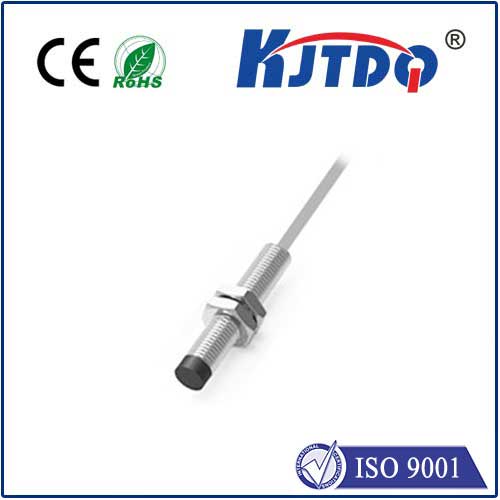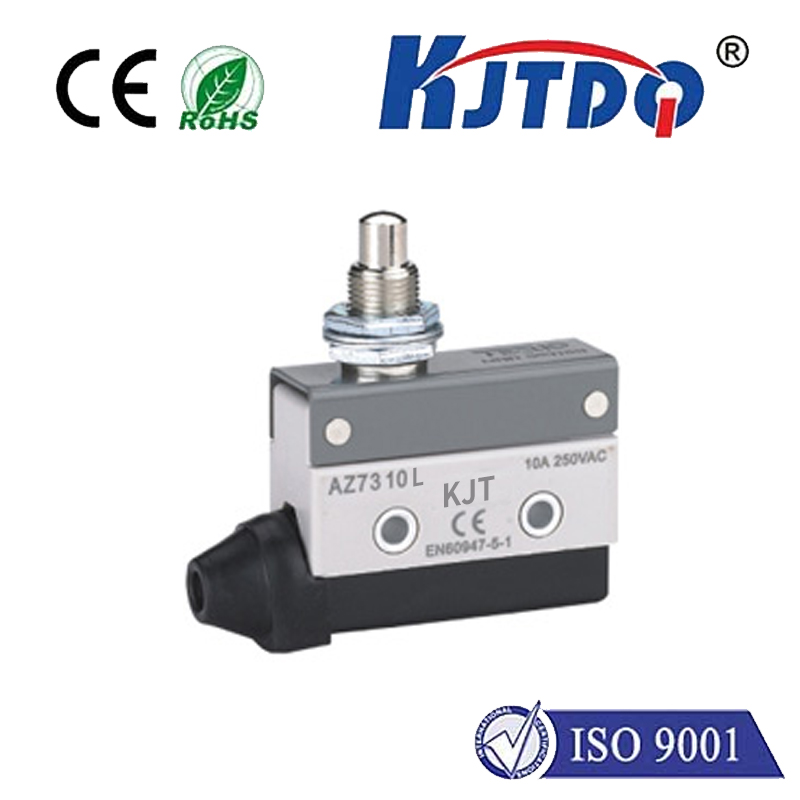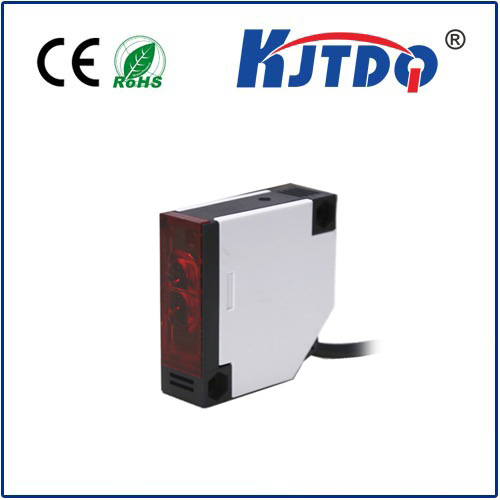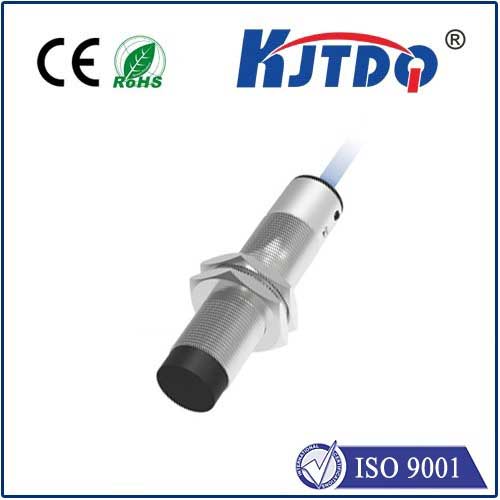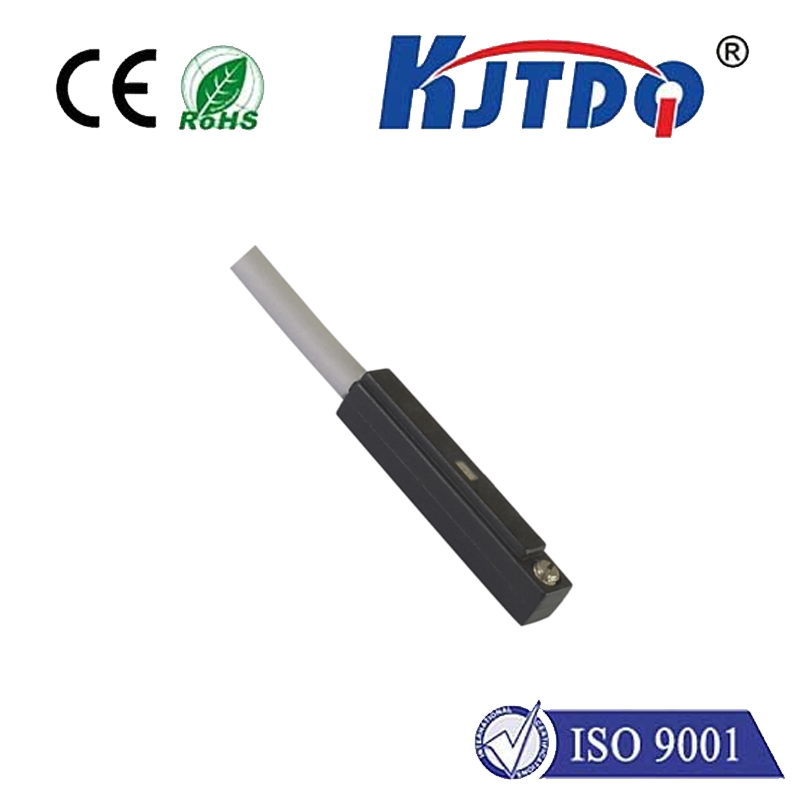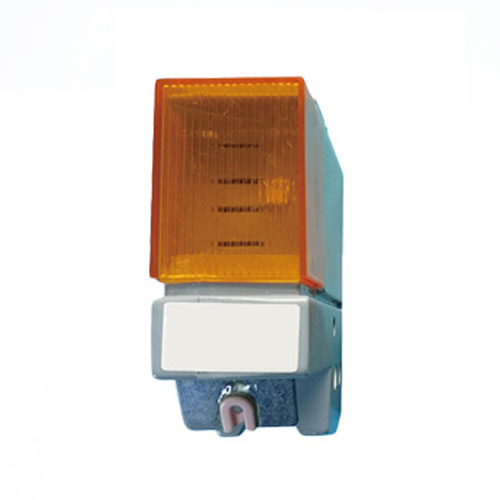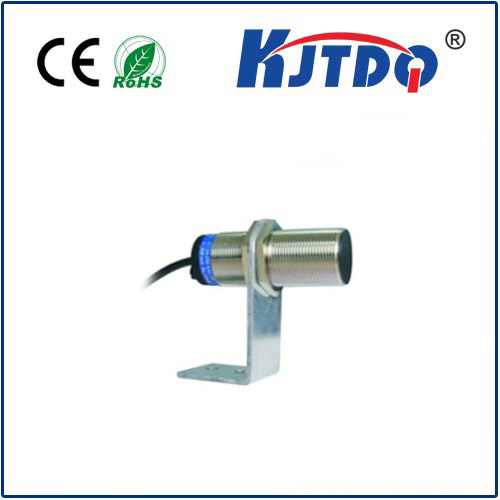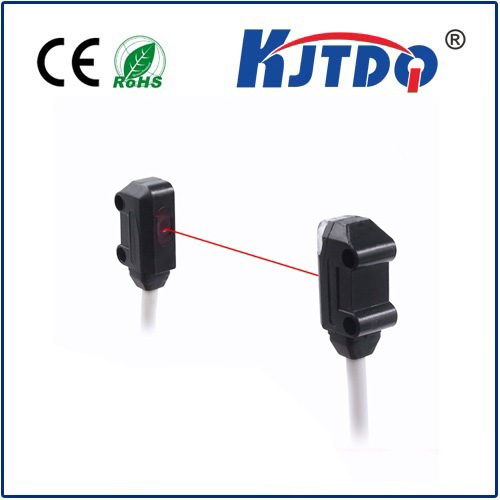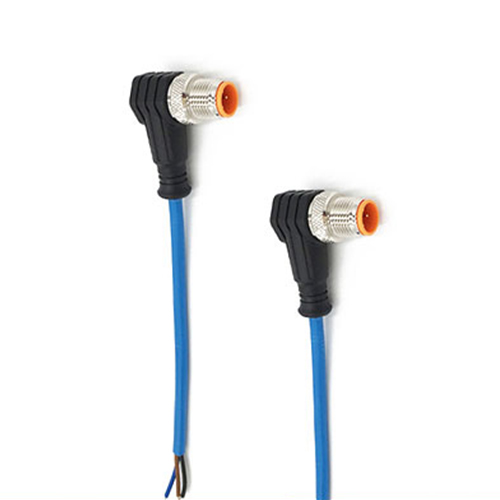pnp nc sensor
- time:2025-07-16 08:03:22
- Click:0
PNP NC Sensors: The Unsung Heroes of Fail-Safe Industrial Sensing
Imagine a critical machine guard. Its door swings open, but the control system falsely believes it’s still closed. Disaster looms. This is precisely the scenario that Normally Closed (NC) sensors, particularly those with PNP transistor outputs, are designed to prevent. PNP NC sensors represent a cornerstone of reliable industrial automation, combining robust sourcing outputs with fail-safe operation logic. Understanding their function, benefits, and ideal applications is paramount for engineers designing safe and dependable systems.
Decoding the PNP NC Sensor
The term “PNP NC sensor” explicitly defines two crucial characteristics:
- PNP Output: This refers to the type of transistor switching within the sensor. A PNP sensor acts as a sourcing device. When the sensor is active (detects its target), it sources positive voltage (+V, typically +24V DC) to the load (like a PLC input). Picture it as providing the power signal. The load connects between the sensor’s output wire and the common negative (0V) line.
- NC (Normally Closed) Contact Logic: This defines the default electrical state of the sensor’s output circuit when no target is present. A Normally Closed sensor has a closed circuit path between its output and the common line (0V) when not detecting a target. This means, in its resting state, it effectively connects the output to 0V. When a target is detected, this circuit opens.
The Crucial “Normally Closed” Advantage
The NC configuration is intrinsically linked to safety and fail-safe operation. Here’s why it’s so vital:
- Fail-Safe Design: In a safety application (like a guard switch), you want the system to enter a safe state (e.g., machine stop) if any part of the detection system fails. If a wire breaks or power is lost to an NC sensor, its output circuit opens (mimicking the “target detected” state). This causes the connected safety circuit to trigger a shutdown. An NO (Normally Open) sensor would fail “silently” – a broken wire or loss of power would look identical to “no target present,” potentially leaving a dangerous situation undetected.
- Circuit Continuity as a Health Check: The normally closed state provides a constant circuit path when idle. Monitoring circuits can often detect an open circuit in this state, indicating a potential sensor fault before it needs to detect a target, enabling predictive maintenance.
How Does a PNP NC Sensor Actually Work? (Target Detection Logic)
The combination of PNP output and NC logic creates a specific behavior:
- No Target Present (Resting State): The sensor’s output transistor is off. The internal NC contact is closed, connecting the sensor’s output signal wire directly to 0V (common negative). The PLC input sees a low voltage (close to 0V), interpreted as logic ‘0’ or FALSE.
- Target Detected (Active State): The sensor activates. This simultaneously does two things:
- The internal NC contact *opens*, breaking the direct path from output to 0V.
- The PNP output transistor turns on.
- The activated PNP transistor now sources the supply voltage (+24V) out through the output signal wire. The PLC input sees the full +24V, interpreted as logic ‘1’ or TRUE.
Crucially, the PLC input sees a HIGH signal (+24V) ONLY when the target is detected, due to the PNP sourcing output overriding the broken 0V path. The default “no detection” state is always LOW (0V).
Where PNP NC Sensors Shine: Key Applications
PNP NC sensors are indispensable in scenarios demanding high reliability and safety:
- Safety Interlocks & Machine Guarding: Door switches, light curtain muting sensors, and safety gate monitoring. An unexpected open circuit (broken wire, sensor removed, door opened) immediately signals a fault and halts the machine. This is the core fail-safe principle.
- Presence/Absence Verification in Critical Processes: Ensuring a part is correctly loaded before a stamping operation, verifying material presence before cutting, confirming a clamp is retracted before indexing. The NC configuration provides assurance that the sensor itself is functional even when the target is absent.
- Over-Travel and Limit Sensing: Detecting if a mechanism has moved beyond its intended safe endpoint. An NC sensor placed at the limit would open upon over-travel, signaling the fault.
- Liquid Level Control (Certain Configurations): Float switches in tanks where the “low-level” or “dry running” condition needs to be a safe-open state.
- Systems Requiring Constant Signal Verification: Any application where knowing the sensor circuit is intact at all times is critical, leveraging the continuous path provided by the NC state at rest.
PNP Sensor Wiring Fundamentals (Sourcing Output)
Correct wiring is non-negotiable:
- Power Supply: Connect the sensor’s Brown wire (+V, typically +24V DC) to the positive terminal of your DC power supply.
- Common/Return: Connect the sensor’s Blue wire (0V) to the negative terminal of your DC power supply. This blue wire is also the common reference point.
- Output Signal: Connect the sensor’s Black wire (Load Signal Output) to your load (PLC input, relay coil, indicator light).
- Load Connection: The other side of the load device must connect back to the same 0V (Blue wire/common negative) as the sensor.
PNP NC vs. NO: Choosing the Right Logic
| Feature |
PNP NC Sensor |
PNP NO Sensor |
| Resting State (No Target) |
Output connected to 0V (PLC sees LOW / 0) |
Output open circuit (PLC often sees LOW via pull-down) |
| Active State (Target Detected) |
Output sources +24V (PLC sees HIGH / 1) |
Output sources +24V (PLC sees HIGH / 1) |
| Output Default |
LOW (0V) |
LOW (0V via pull-down or internal) |
| Signal on Detection |
HIGH (+24V) |
HIGH (+24V) |
| Fails on Wire Break/Power Loss |
Mimics Detection (PLC sees OPEN ≈ HIGH) Triggers Safe State |
Mimics No Detection (PLC sees LOW) Potentially Unsafe! |
| Safety Criticality |
High (Fail-Safe) |
Low/Medium (Requires additional monitoring) |
| Primary Use Case |
Safety interlocks, critical presence/absence |
General object detection, counting, positioning |
Selecting the Right PNP NC Sensor: Key Considerations
Beyond the core PNP NC specification, evaluate:
- Sensing Technology: Inductive (for metals), Capacitive (liquids, non-metals), Photoelectric (light-beam interruption/reflection), Ultrasonic (distance).
- Sensing Range: Ensure it detects the target reliably at the required distance.
- Environmental Rating: IP67 or IP69K for washdown environments, resistance to chemicals, oils, dust, and temperature extremes.
- Electrical Specifications: Voltage range, current sourcing capability (mA), switching speed.
*











